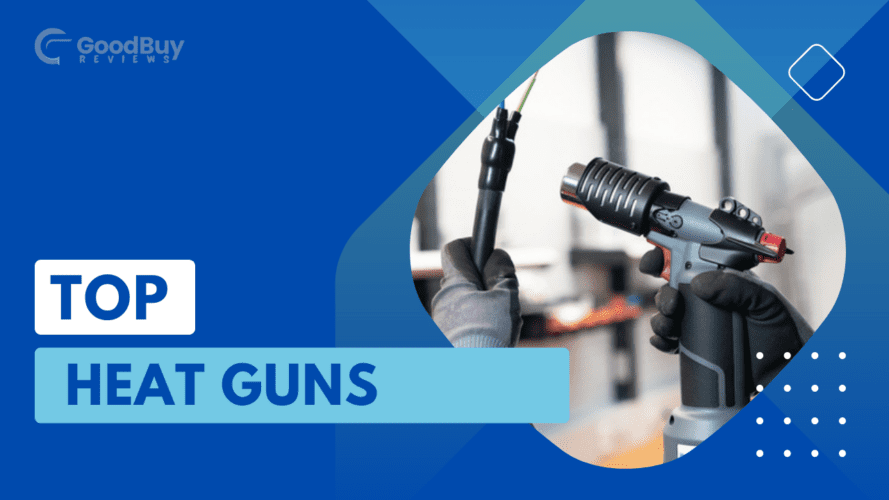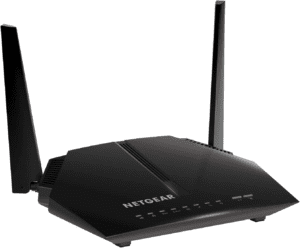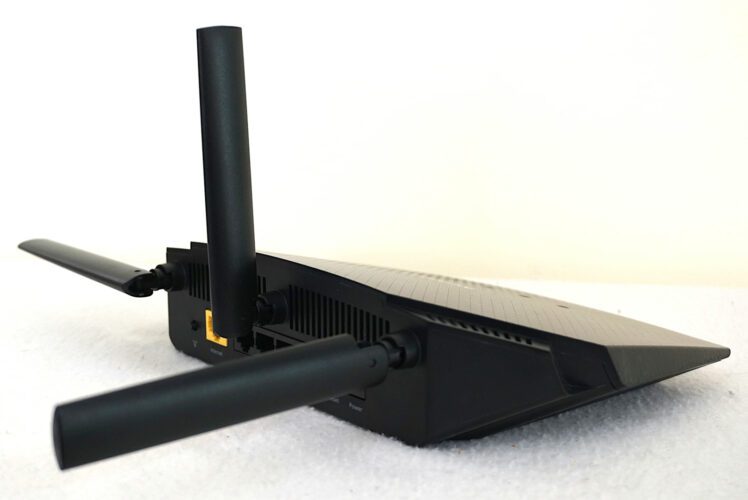Unveiling the Top 5 Heat Guns of 2024: In-Depth Comparison and Analysis

Introduction to Heat Guns
Understanding the Purpose and Uses of Heat Guns
Heat guns are versatile tools used for a variety of applications requiring concentrated heat. They are designed to emit hot air, allowing users to efficiently strip paint, bend pipes, shrink wrap wires, and more. When selecting a heat gun, key factors to consider include power source, temperature range, airflow rate, and included accessories.
Corded electric heat guns offer continuous power and tend to be more heavy-duty for frequent use. Cordless models provide greater mobility and convenience for more occasional DIY tasks. Most heat guns have at least two temperature settings ranging from around 100°F to 1000°F. Higher airflow (measured in CFM or cubic feet per minute) allows for faster heat transfer.
Common uses around the home include loosening rusted bolts, bending PVC pipes, removing floor tiles, assembling heat shrink tubing, softening adhesives, welding plastic edges, loosening seized parts, and more. Miniature heat guns are well-suited for more delicate applications like embossing, soldering circuit boards, shrink wrapping wires, molding plastic sheets, applying heat transfers, and working with heat-sensitive materials.
Comparison of the Top 5 Heat Guns of 2024
Seekone Fast Heating Heat Gun
Pros and Cons
The Seekone Fast Heating Heat Gun is powered by electricity and has three temperature settings ranging from 120°F to 1100°F. It reaches full power in just 10 seconds and has a high airflow rate of 15-25 liters per minute. The ergonomic rubber handle provides a comfortable, non-slip grip.
Pros:
- Heats up very quickly
- High max temperature for heavy duty use
- Rubberized handle for comfort
- Durable metal nozzle
Cons:
- On the heavier side at 2 lbs
- Nozzle can get extremely hot
- Only 1 year warranty
Diafield 1850W Heat Gun
Pros and Cons
With an 1850 watt motor, the Diafield Heat Gun generates powerful hot airflow up to 1000°F. It has a lightweight, ergonomic design with a 6.5 foot cord. There are 4 temperature settings and 2 airflow speed options.
Pros:
- Powerful wattage for heavy applications
- Lightweight at only 1.3 lbs
- Long power cord
- Multiple heat and airflow settings
Cons:
- Gets extremely hot around the nozzle
- Nozzle can melt or scorch surfaces
- Housing may crack over time
Makita Variable Temperature Heat Gun Kit
Pros and Cons
The Makita Heat Gun Kit features adjustable temperature from 200°F to 1000°F with blast airflow up to 500°F cooler to prevent scorching. It has a durable metal housing and proprietary heating element for longer life. The kit includes 5 bonus nozzles.
Pros:
- Variable temp control
- Cooler airflow setting
- All-metal housing
- Longer lasting heating element
- Bonus nozzles included
Cons:
- On the heavy side at 2.2 lbs
- High price point
Homidic Mini Handheld Heat Gun
Pros and Cons
This mini heat gun generates temps between 392°F and 572°F, making it ideal for small arts, crafts and electronics projects. It weighs less than 1 lb for comfortable extended use. The insulated body helps prevent accidental burns or damage to surfaces.
Pros:
- Lightweight, compact size
- Cooler temp settings
- Insulated body for safety
- Very affordable price
Cons:
- Underpowered for heavy duty tasks
- Short 9 inch power cord
- Tips over easily
DeWalt 20V Max Cordless Heat Gun
Pros and Cons
The DeWalt Cordless Heat Gun provides the power of corded models without the restraint of a cord. It offers temps up to 1000°F with a durable metal nozzle. The 20V battery enables high heat for up to 1 hour of continuous runtime.
Pros:
- Cordless operation
- Up to 60 minutes runtime
- Charges quickly in 60 minutes
- Rubber overmolded handle
Cons:
- No variable temperature settings
- Requires battery investment
- Expensive purchase price
Best Practices for Using Heat Guns
Safety Precautions and TipsWhen using heat guns, proper safety precautions are critical. Heat guns generate extremely high temperatures, making them potentially dangerous tools if used carelessly. Safety tips include: Wear heat-resistant gloves and eye protection Do not point nozzle at people, animals or easily damaged materials Secure loose hair and clothing when operating Allow adequate ventilation in workspace to dissipate heat Set heat gun down on a stable, nonflammable surface when not in use Unplug unit immediately if it appears damaged or malfunctions Supervise children at all times around heat guns It’s also important to select the appropriate temperature setting for your application so as not to damage the material you’re working on. Move the heat gun slowly and evenly over surfaces in sweeping motions. Allow items to cool properly before handling to prevent burns.



